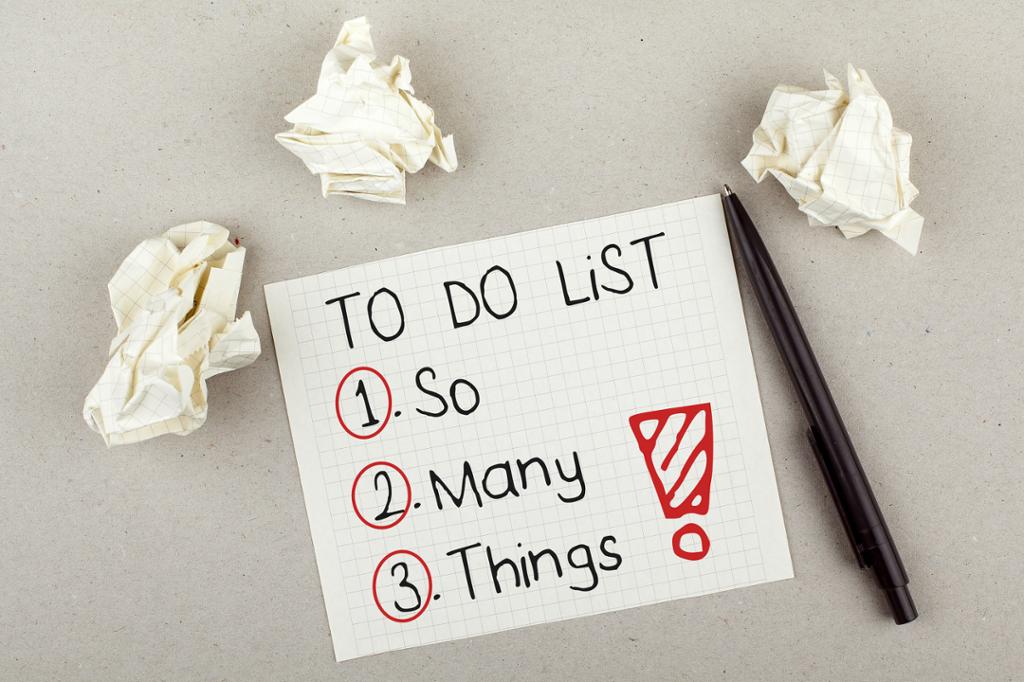A Step-by-Step Guide to Managing your Time

Using a calendar is a good place to start. This can be an electronic calendar for phone or computer, it can be a regular planner or it can be a large paper that you hang on your wall. Planning for a week or two at a time will allow you to get a good overview of your tasks.
Start by entering all the activities that are already fixed each week, such as school, soccer practice or band rehearsal. Scheduling your bedtime to make sure you get enough sleep is also smart. Specify the time each event starts and ends.
When you have done this, there may be other appointments you have to make time for, such as cinema with a friend, dinner at Granny’s or a party on the weekend. Plot it all into the calendar. Now you should have a fairly good idea of all the time you have on your hands to work with assessments and homework.
Examples of digital calendars: www.Todoist.com, www.any.do and www.mystudylife.com
Activity
On a piece of paper or on your computer, make a grid with 24 squares, one for each hour of the day. Now fill in the number of squares to equal the time you spend on routine tasks, like sleep, travel, meals, school and exercise. Use a different colour for each activity. This will leave you with a rough overview of how you spend your day.

Decide what you are going to do each day of the week and at what time. Your assignments will probably consist of day-to-day homework, longer projects and revision for tests. Don’t push back work with long-term projects even though their deadlines may seem far away. Plan for a little work each day, and you will not find yourself in a situation where you have to work through the night in order to finish.
Sometimes it is a good idea to break the work down in shorter time intervals. The Pomodoro technique can be a good way of keeping focus. It involves setting a timer and working uninterrupted for 25 minutes, before giving yourself a 5-minute break. Then you repeat this pattern until you have finished your work for the day. If you plan long-term, remember to leave some time for unexpected tasks.
Now that you know what you will be working on during this specific session, you need to identify the tasks that need the most brainpower – usually the ones you find the hardest. Your focus will be better at the beginning of your work session than towards the end, and even though it may be tempting to start with the easy and pleasant work, save that for when your brain needs a rest from the more demanding tasks.
It is difficult to concentrate if you are constantly being interrupted. Find a quiet place to study, tell people around you not to interrupt and leave your phone in a different room. If you have a hard time refraining from going online, checking social media and watching cat videos on YouTube, there are programs designed to help you exercise self-control. These will limit the access to certain apps and websites for as long as you have programmed them to.
Examples of programs that can help you: Selfcontrol, Strict Workflow, Forest.
Activity
Identify the three major time wasters that keep you from utilising your time efficiently. Now plot the time you spend on these time wasters into the 24-hour grid. How much time is that? Can any of the above tips help you minimise the time you spend on these?
Don’t give in to the temptation of “doing it tomorrow instead”. Although it may seem very alluring to procrastinate, it will only make matters worse and you add unnecessary stress to your week. Sometimes you may have to make tough calls: no Netflix, social media or hanging out with friends until you have finished your tasks for the day.
When you have studied arduously for the time period you have decided on, you should reward yourself. Maybe now you can allow yourself to check your phone for five or ten minutes, or get a snack. Just make sure the break doesn’t last too long…
And when you have finished all of your work, you can really enjoy your free time, instead of constantly stressing over what you should have done. Finishing a task will leave you with a feeling of accomplishment. You will also notice that good time management will give you more free time, which will leave you better rested for a new work spell, which in turn will give you better results. And this is the circle you want to find yourself in.
Any change needs time to become a habit. Don’t expect everything to fall into place at once, and don’t give up if you fail a few times. Try to stick to your new routine for a few weeks and then ask yourself if you have noticed any positive changes.
Do you feel more in control of your school work? Do you experience less stress? Have your results improved? If the answer to any of these questions is yes, you can consider your new habit a success. If the answer is no, you should consider how structured your planning has been and how closely you have stuck to the plan.